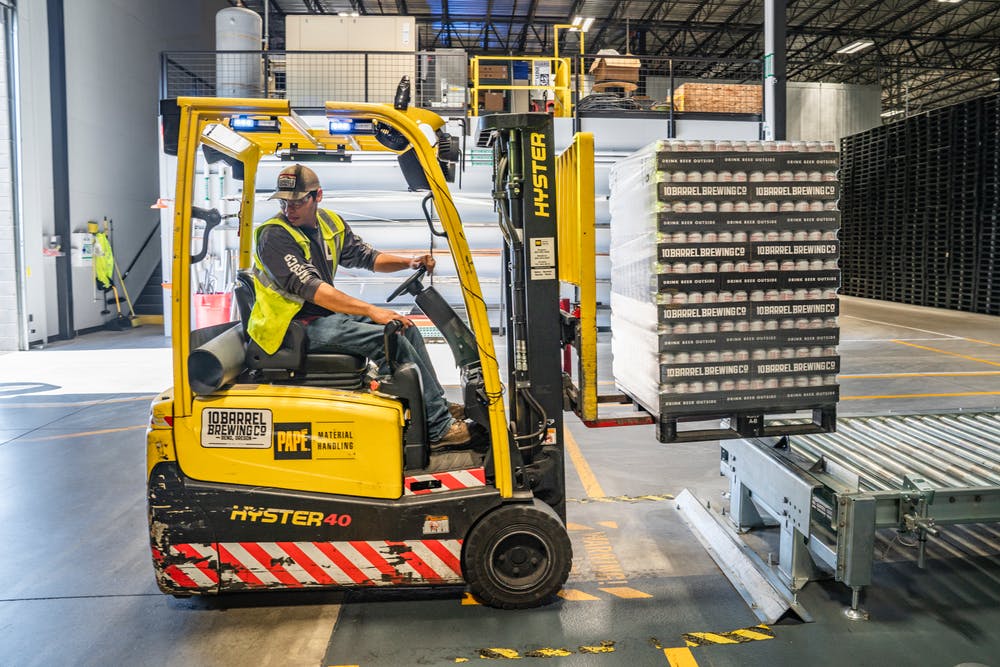Change Management when Implementing Kaizen
5 minutes, 22 seconds read

Change Management when Implementing Kaizen
Change management when implementing Kaizen is critical to creating the momentum to make your continuous success and lean management program a success.
What you will learn
- Basics of change management for Continuous Improvement
- The role of leadership in change management
- Strategies to help leaders prepare to implement Kaizen
- Ways to help ensure Kaizen transformations succeed
- How Kaizen events can drive the shift to Kaizen culture
Creating a Continuous Improvement culture and program requires a great deal of work in change management. Since most individuals are naturally averse to change, it is critical to manage the change in your culture to ensure its successful adoption. There are three particularly important points to remember as you embark upon this journey.
1. It takes time to implement Kaizen
Individuals must have time to understand, internalize, and embrace new concepts and processes. Allow people this space and remember that the length of time needed to adjust to change is going to be different for everyone.
Change management is not an event: it is a process that will go on for a period of time. During this adjustment period, it is important to reinforce the new concepts and program in a consistent, perhaps even daily, basis. This regular reinforcement may come through communications, activities, and events.
2. Kaizen implementation needs to be consistent throughout the organization
A Continuous Improvement program is not something that is isolated to a certain area within a company. In order to be successful, this program must permeate all areas and all levels of the organization. Therefore, it is imperative that the program be introduced and referenced consistently, with consistent alignment on expectations, roles, and responsibilities at all levels.
Since a Continuous Improvement program will create new dynamics among various teams, this change management step is imperative and must include:
- Leadership
- Mid-management
- Frontline workers
3. Kaizen change management needs to address culture
If you want to create lasting success, the changes made must be felt deep within the corporate culture. You’re driving a cultural transformation that sets Continuous Improvement as the responsibility of each and every employee. You can’t expect success from a superficial implementation of a Continuous Improvement program. Real transformation must be anchored within the company culture.
Leadership’s Role in Change Management
Leadership plays a pivotal role in driving the change management required for a successful shift to a Kaizen culture and Continuous Improvement program. Make sure your corporate leaders are embracing the three Cs — commitment, communication and consistency — to drive your cultural transformation.
Leadership Commitment to Kaizen
To effectively drive change, there cannot be a question about leadership’s commitment to the new program. Individuals and teams will see leader’s lack of commitment as a reason to avoid changes in processes, discourage the investment of resources, or steer away from building new habits.
Leadership Communication about Kaizen
Change is not an event, it is a process. Leaders must communicate often and continuously reinforce the messages of a Kaizen culture. Messages should be adapted for different audiences to ensure clarity and relevance for all target audiences across the organization.
Leadership Consistency around Kaizen
While the message must be adapted to different audiences, it is essential that the points are always consistent about the new culture, program, and responsibilities. As the Continuous Improvement program is adopted, there should be ongoing consistent reinforcement to everyone in the organization.
3 Strategies to Help Leaders Prepare to Implement Kaizen
To help leadership live the three Cs described above, it’s important to these team members themselves take time to understand the promise of this cultural change so they can spread this message effectively. Consider the following three strategies:
- Understand the relationship between the time required to fix broken processes and the time needed to improve them.
- Invest your own personal time to grasp what is possible through Kaizen, down to the smallest level of detail.
- Recognize and address incentives, measurements, and policies that will be affected by a more proactive approach to problem-solving.
8 Ways to Help Kaizen Transformations Succeed
General change management strategies are a good start toward the transformation to Kaizen, but there are some additional specific activities critical to the eventual success of this change:
- Create a sense of urgency. The fact that velocity matters should permeate the organization.
- Establish a powerful guiding coalition. Identify a small group of drivers who can show success and inspire others around them.
- Create a vision. Give the organization a clear goal to which they can aspire.
- Communicate the vision. Invest in clear and ongoing communication.
- Empower others to act on the vision. Success hinges on having a strong leadership team and change agents.
- Plan for short-term wins. Identify ways to make an immediate impact.
- Consolidate improvements and produce more change. Organize and show the successes of the program so far to accelerate adoption.
- Institutionalize new approaches. Formalize new processes, roles, and responsibilities.
How Kaizen Events Can Drive the Shift to Kaizen Culture
Kaizen events can drive the shift to a Kaizen culture by demonstrating, in a limited scope, how a Kaizen culture will impact the organization. Leveraging the principles of Kaizen in one specific area can help individuals to visualize life under the new Continuous Improvement program. When launching a Kaizen event as a way to introduce a Continuous Improvement program, it helps to keep the following in mind:
Respect people and their emotions around Kaizen
- Respect people as individuals with different learning styles and reactions to change.
- Create a safe environment where people can learn from failure.
- Build trust as a leader by listening and following through on people’s ideas.
Follow up and follow through on Kaizen culture
- It is essential to be regular in your communications.
- Follow up using the Toyota formula: “Go see, ask why, show respect.”
Hold a reflection session on Kaizen
- What was the target?
- What was the actual result?
- Was there a gap between the target and result? If so, why?
- Did we follow our standard process? If not, why not?
- What countermeasures or updates do we need to achieve the target?
Comments? Questions? Suggestions? – Let’s chat.
Prev chapter: Kaizen in Lean ManufacturingNext chapter: Kaizen Beyond KPI’s – Culture & Mindset

